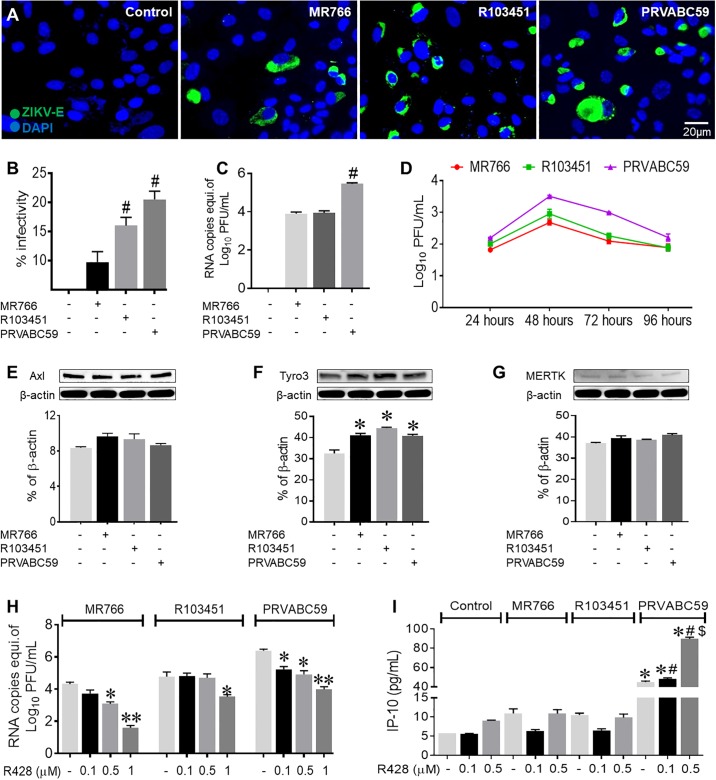Fig 1. Asian and African strains of ZIKV have differential levels of infectivity in human astrocytes.
(A) Representative images of human astrocytes infected (MOI of 0.1) with three different strains of ZIKV (MR766, R103451 and PRVABC59) for 24 hours and immunolabeled with ZIKV envelope antibody. DAPI was used for nuclei staining. Images were captured using an inverted fluorescence microscope with a 560 Axiovision camera (Zeiss, Germany). (B) Data analysis of fluorescence images after manual counting of the number of cells infected with virus shows differential infectivity levels among the three strains of ZIKV. (C) Intracellular ZIKV RNA copies as measured by RT-PCR using ZIKV specific primers at 24 hours post infection (hpi). (D) Viral titers in supernatant of ZIKV-infected astrocytes were measured by plaque assay at the indicated time points. (E- G) Western blot analysis of the cell lysate of astrocytes uninfected and infected with three strains of ZIKV, for putative receptors AXL, Tyro3 and MERTK. (H) ZIKV infectivity in the human astrocytes treated with increasing concentration of AXL inhibitor (R428) as measured by RT-PCR. (I) Interferon gamma-induced protein 10 (IP-10) measured by ELISA using supernatant from human astrocytes treated with R428 followed by ZIKV infection. Mock (PBS) infected human astrocytes were used as control and the infection dose of ZIKV was at an MOI of 0.1. Data are presented as the mean ± SEM from 3–5 independent experiments. (*p< 0.05 Vs Control, # p < 0.05 Vs MR766).

